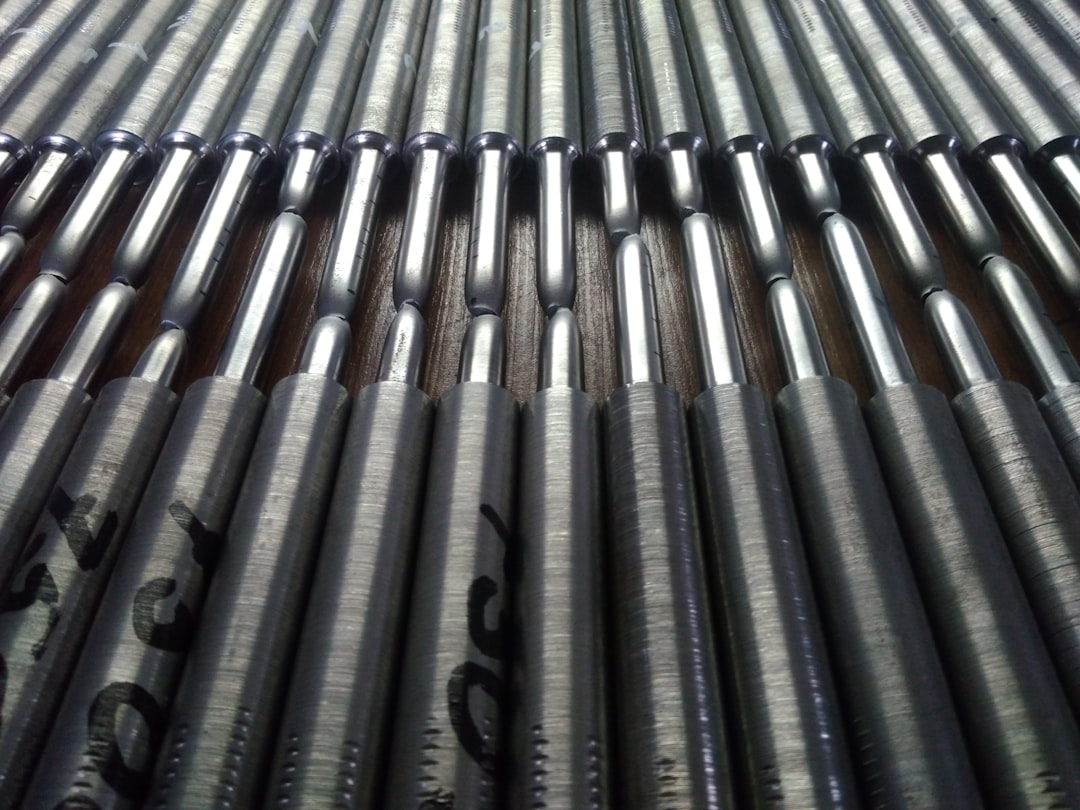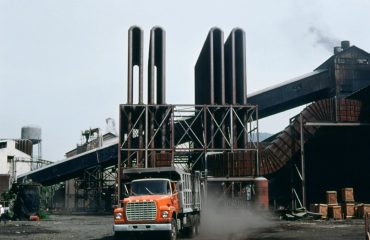Industrial pipes are the unsung heroes of manufacturing, silently transporting vital fluids and gases that keep production lines running. Choosing the right pipes is critical for efficiency, safety, and the longevity of your operations. This comprehensive guide explores the essential aspects of selecting and managing industrial pipes in a manufacturing environment.
1. Material Matters: Selecting the Right Industrial Pipe Material
The choice of pipe material is paramount and depends heavily on the substance being transported. Different materials offer varying levels of corrosion resistance, pressure tolerance, temperature resistance, and cost-effectiveness. Let’s explore some common choices:
- Carbon Steel: A workhorse in many industries, carbon steel pipes are strong, durable, and relatively inexpensive. However, they are susceptible to corrosion, particularly in environments with moisture or chemicals. Protective coatings like zinc galvanization or epoxy linings are often necessary.
- Stainless Steel: Offering superior corrosion resistance compared to carbon steel, stainless steel pipes are ideal for handling aggressive chemicals, high-purity fluids, and in demanding environments. Different grades of stainless steel (e.g., 304, 316) offer varying levels of corrosion resistance and are selected based on specific application needs.
- Plastic Pipes (PVC, CPVC, HDPE): Lightweight and corrosion-resistant, plastic pipes are suitable for applications involving chemicals that would corrode metal pipes. However, they have lower temperature and pressure tolerances compared to metal pipes and may not be suitable for high-temperature or high-pressure systems.
- Copper Pipes: Excellent for potable water and other low-pressure applications, copper pipes offer good corrosion resistance and are relatively easy to install. However, they can be more expensive than other options.
Careful consideration of the transported fluid’s properties, temperature, pressure, and the surrounding environment is crucial for selecting the appropriate pipe material.
2. Applications Across Industries: Where Industrial Pipes Shine
Industrial pipes find applications in a vast array of manufacturing sectors. Their role is crucial in:
- Chemical Processing: Transporting corrosive chemicals and solvents necessitates robust and corrosion-resistant pipes, often stainless steel or specialized plastic pipes.
- Oil and Gas: High-pressure and high-temperature applications require pipes capable of withstanding extreme conditions. Often, specialized steel alloys are employed.
- Pharmaceutical Manufacturing: Maintaining sterility and preventing contamination is paramount. Stainless steel pipes with electropolished surfaces are frequently used.
- Food and Beverage Processing: Sanitary standards are crucial. Stainless steel pipes are preferred due to their ease of cleaning and resistance to bacterial growth.
- Power Generation: Pipes transport steam, water, and other fluids within power plants, requiring materials capable of handling high temperatures and pressures.
The specific requirements for pipe materials, dimensions, and fittings vary significantly across these industries.
3. Safety First: Ensuring Safe Operation and Maintenance of Industrial Pipes
Safety is paramount when dealing with industrial pipes, especially those carrying hazardous materials. Regular inspections, proper installation, and adherence to safety regulations are crucial. Key safety considerations include:
- Pressure Testing: New pipes and existing systems should undergo pressure testing to identify weaknesses and leaks before operation.
- Corrosion Monitoring: Regular inspections and non-destructive testing can help detect corrosion early, preventing catastrophic failures.
- Proper Installation: Correct installation techniques, including proper support and anchoring, are essential for preventing leaks and structural damage.
- Emergency Shutdown Procedures: Clear and easily accessible emergency shutdown procedures are crucial in case of leaks or other emergencies.
- Personal Protective Equipment (PPE): Workers handling industrial pipes should always wear appropriate PPE, including safety glasses, gloves, and protective clothing.
Investing in safety measures is not just a cost; it’s an investment in the protection of personnel and the prevention of costly downtime.
4. Maintenance and Repair: Extending the Lifespan of Your Industrial Pipes
Regular maintenance extends the lifespan of industrial pipes and minimizes the risk of failures. A proactive maintenance program should include:
- Visual Inspections: Regular visual inspections can detect corrosion, leaks, and other damage.
- Cleaning and Flushing: Regular cleaning and flushing can remove debris and prevent blockages.
- Leak Detection and Repair: Prompt detection and repair of leaks are crucial to prevent further damage and environmental contamination.
- Corrosion Prevention: Applying protective coatings or using corrosion inhibitors can significantly extend the lifespan of pipes.
- Scheduled Replacements: Even with proper maintenance, pipes eventually need replacement. Developing a planned replacement schedule helps prevent unexpected failures.
A well-defined maintenance plan is crucial for optimizing operational efficiency and minimizing downtime.
5. Selection Criteria: A Step-by-Step Guide to Choosing the Right Industrial Pipes
Selecting the correct industrial pipes involves a systematic approach considering several factors:
- Fluid Properties: Determine the properties of the fluid being transported (e.g., corrosivity, temperature, viscosity).
- Operating Conditions: Consider the operating pressure, temperature, and flow rate.
- Environmental Factors: Account for the surrounding environment (e.g., exposure to weather, soil conditions).
- Budget Constraints: Balance the cost of different pipe materials and installation with long-term operational costs.
- Safety Regulations: Ensure compliance with all relevant safety regulations and standards.
- Maintenance Requirements: Consider the ease of maintenance and repair for the chosen pipe material.
By carefully considering these factors, you can select the most suitable industrial pipes for your specific manufacturing needs, ensuring optimal performance, safety, and longevity.
Conclusion: The selection and maintenance of industrial pipes are critical aspects of any manufacturing operation. By understanding the various materials, applications, safety considerations, and maintenance requirements, manufacturers can make informed decisions that contribute to efficient, safe, and cost-effective production.
Tags: Industrial Pipes, Manufacturing Pipes, Pipe Materials, Industrial Pipe Selection, Pipe Maintenance




